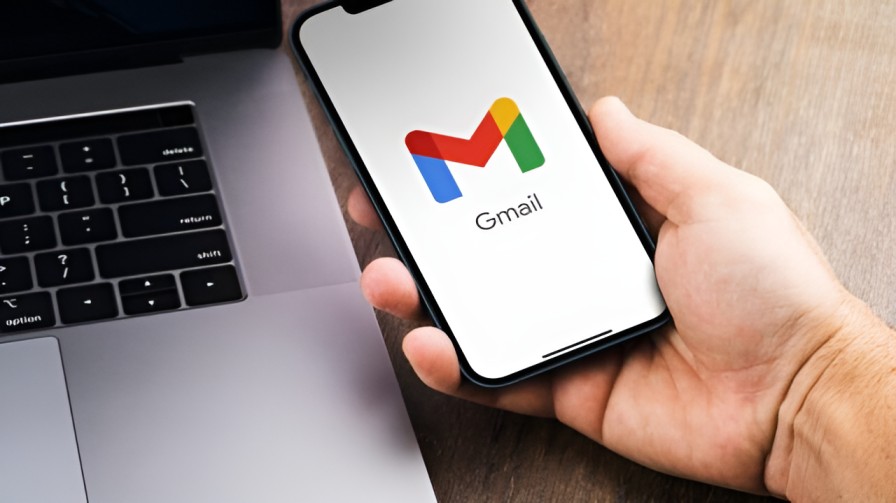Google introduces emoji responses in Gmail

The feature allows users to react to emails with emojis in a way similar to platforms like Google Chat or Slack, creating a more casual and interactive environment within the inbox.
Gmail users can now respond to emails using emojis, as Google rolls out a new feature aimed at making email communication feel more like messaging.
The feature allows users to react to emails with emojis in a way similar to platforms like Google Chat or Slack, creating a more casual and interactive environment within the inbox.
The change, announced through a Workspace Blog post, is expected to simplify email responses, especially in group messages, by allowing users to show acknowledgment or emotion without sending full replies.
According to the company, emoji reactions are intended to help users quickly respond, confirm receipt of emails, and express themselves more naturally.
"Whether you’re using a gratitude emoji to thank a teammate, voting for a team dinner with a food emoji, or congratulating your client for reaching a milestone with a celebratory emoji, emoji reactions provide an expressive and personalized way of responding to emails," the company said.
However, the use of emoji reactions may not be available to everyone immediately or in every context.
The feature is turned off by default and can be restricted in work or school environments that use the Workspace domain.
To control the feature, administrators are required to go into the Admin console, select Apps, then Gmail, and manage settings under End User Access, where emoji reactions can be enabled or disabled.
There are also technical limitations that may affect how the feature works.
Users who are not on Gmail, those with the conversation view turned off, or those using an outdated version of the Gmail app will not see reactions directly.
Instead, they will receive a separate email with the message: “[Name] reacted via Gmail.”
A support document from Google highlights additional cases where emoji reactions won’t function.
These include messages sent to group mailing lists, emails with more than twenty recipients, emails where the user is blind copied, and cases where more than twenty emoji reactions have already been used on a single message.
The feature also won’t work if the message is encrypted with client-side encryption or if the sender uses a custom reply-to address.
Reactions also won’t appear properly if the email is opened in other platforms like Apple Mail or Microsoft Outlook.
In such cases, the reaction will be shown as a separate message, making the experience less seamless.
Despite the restrictions, the feature will be available to all users with personal Google accounts, Workspace Individual subscribers, and organizations using Google Workspace.
For users in rapid release domains, the rollout is already underway and could take up to fifteen days to appear across accounts.
Those in scheduled release domains will begin seeing the new functionality from May 13, 2025, and will similarly wait up to fifteen days for it to be fully active.
The introduction of emoji reactions marks another step by Google to make its Gmail service feel more flexible and responsive, especially for users who are accustomed to the instant interactions of modern messaging platforms.
